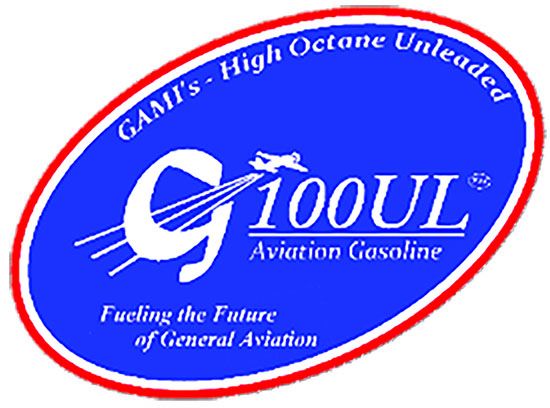One summer long ago and far away, I worked as a line boy at the local airport. The job isn’t called that anymore, but it involved fueling based and transient aircraft. We had two installed pumps dispensing avgas and two trucks. One truck pumped both blue gas (100/130 octane, $0.49 a gallon) and red gas (80/87 octane, for $0.47) while the other carried Jet A, also at $0.49/gallon, as I recall. I’ve fueled everything from the Cessna 150 I soloed that summer to Learjet 23s, Beech 99 Airliners in scheduled operations and even the odd DC-3, to which I’ve added more oil than “my” 150 had fuel capacity. Yes, I have stories.
With that experience under my belt, I’ve always had a professional interest in many aspects of the fueling operations at general aviation airports. The advent of self-serve avgas pumps didn’t faze me one bit, for example. I’ve also watched closely as the industry evolved from delivering two grades of avgas to only one, and some of the trials and tribulations that went along with it, lead fouling of low-compression engines, for example, along with the disappearance of a job I once held.
With that background, as an aircraft owner and as this magazine’s editor-in-chief, I’ve watched from the sidelines as the industry set off to find an unleaded aviation gasoline that meets all the needs, wants and straw men of all the players. As someone also with a background in government policy, I’ve also paid close attention to both the behind-the-scenes and upfront battles involving entrenched interests and those who would upset the status quo.
It’s been—and remains—fascinating to me and, while I don’t know everything about it, I know enough to say this: That the FAA has approved a single unleaded aviation gasoline for all certificated spark-ignition engines and the airframes mounting them is a really big deal. That a small company, General Aviation Modifications, Inc. (GAMI), led by a couple of guys from Wide-Spot-In-The-Road, Oklahoma, was the first to achieve that approval, outpacing and outlasting establishment interests and so many others, makes it all the more satisfying. Yes, I often root for the underdog.
I’ll also closely watch what comes next. Infrastructure has to be stood up, and there may be some changes to the ways we fly gasoline-powered personal aircraft, both large and small. If there’s anything constant about general aviation, it’s change. A close second is its resistance to change.
While I’ve seen and often been a small part of this industry’s evolution, I also know many of its participants will resist any kind of change to the ways things “have always been done.” That’s both natural and inevitable. Eventually, the resistance will fade away, perhaps along with those resisting. There always will be challenges to personal aviation. The reasons are many, but fleetwide approval of an unleaded aviation gasoline no longer will be one of them. And that’s a big deal.
— Jeb Burnside




